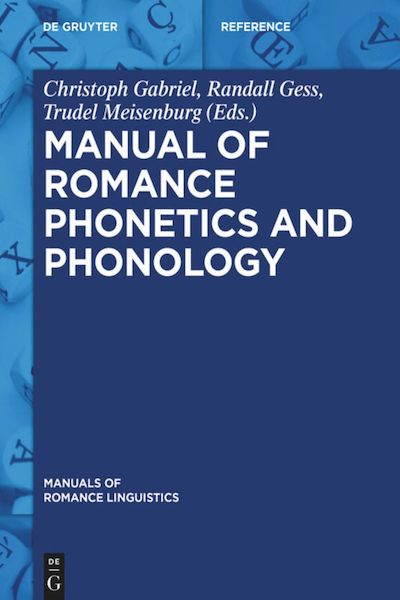
Autors:
Daniel RecasensTítol:
Dynamic blending and assimilation in Catalan lingual fricative sequences. An ultrasound and acoustic studyEditorial: Journal of the International Phonetic Association, Cambridge University Press
Data de publicació: 29 de febrer del 2024
Text complet
Ultrasound and center of gravity frequency data for the sequences /ʃ#s/ and /s#ʃ/ produced by Central Catalan speakers reveal that the former sequence is implemented through continuous articulatory and spectral trajectories which, depending on speaker, may be: intermediate between /ʃ/ and /s/ all throughout, thus supporting a dynamic blending mechanism; /ʃ/-like at onset and intermediate between the two fricatives at offset, which is indicative of C1-to-C2 carryover coarticulation. The sequence /s#ʃ/, on the other hand, undergoes regressive assimilation into [ʃ(ʃ)] according to the acoustic signal but less clearly so in the light of the articulatory data. This discrepancy appears to be due to the fact that, while C1=/s/ assimilates indeed to C2=/ʃ/ at constriction location, coarticulation-induced changes in tongue body configuration behind the primary articulator may occur as long as they do not jeopardize the front-cavity dependent frequency characteristics of the [ʃ] frication noise. Differences in articulatory complexity between /ʃ#s/ and /s#ʃ/ appear to result from the production mechanisms involved, i.e., tongue dorsum raising behind the /s/ constriction for /s#ʃ/ and tongue body repositioning for /ʃ#s/. In agreement with this interpretation, /ʃ#s/ but not /s#ʃ/ turned out to be longer than /s#s/ and /ʃ#ʃ/.










